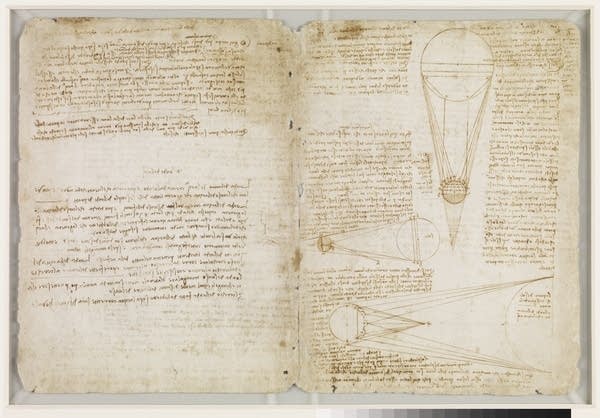New Mpls. Institute of Arts exhibit puts you inside da Vinci's head

Leonardo da Vinci (1452 - 1519, Italian), Codex Leicester, c.1506 - 10. Ink on paper.
Image courtesy bgC3
Go Deeper.
Create an account or log in to save stories.
Like this?
Thanks for liking this story! We have added it to a list of your favorite stories.


